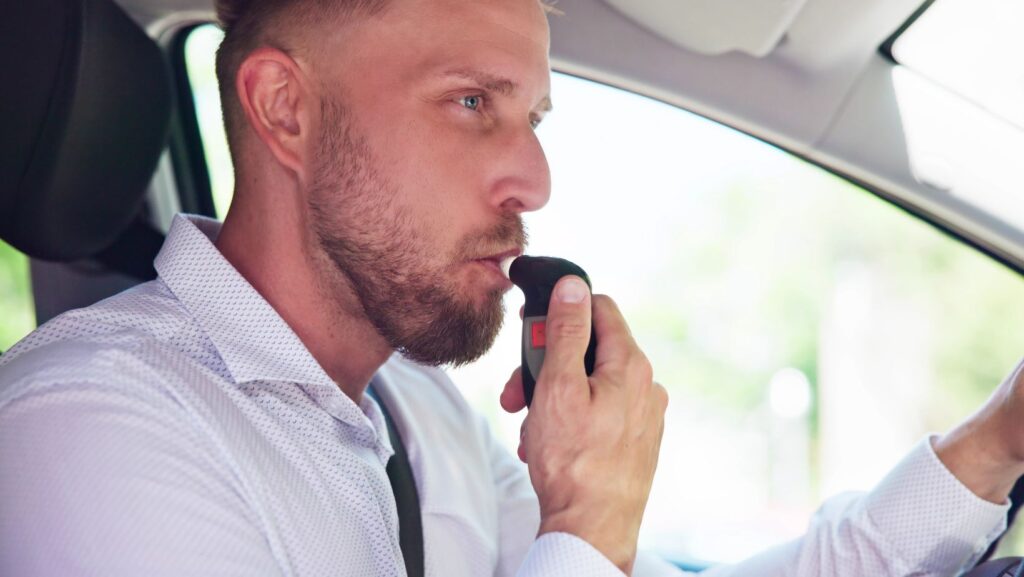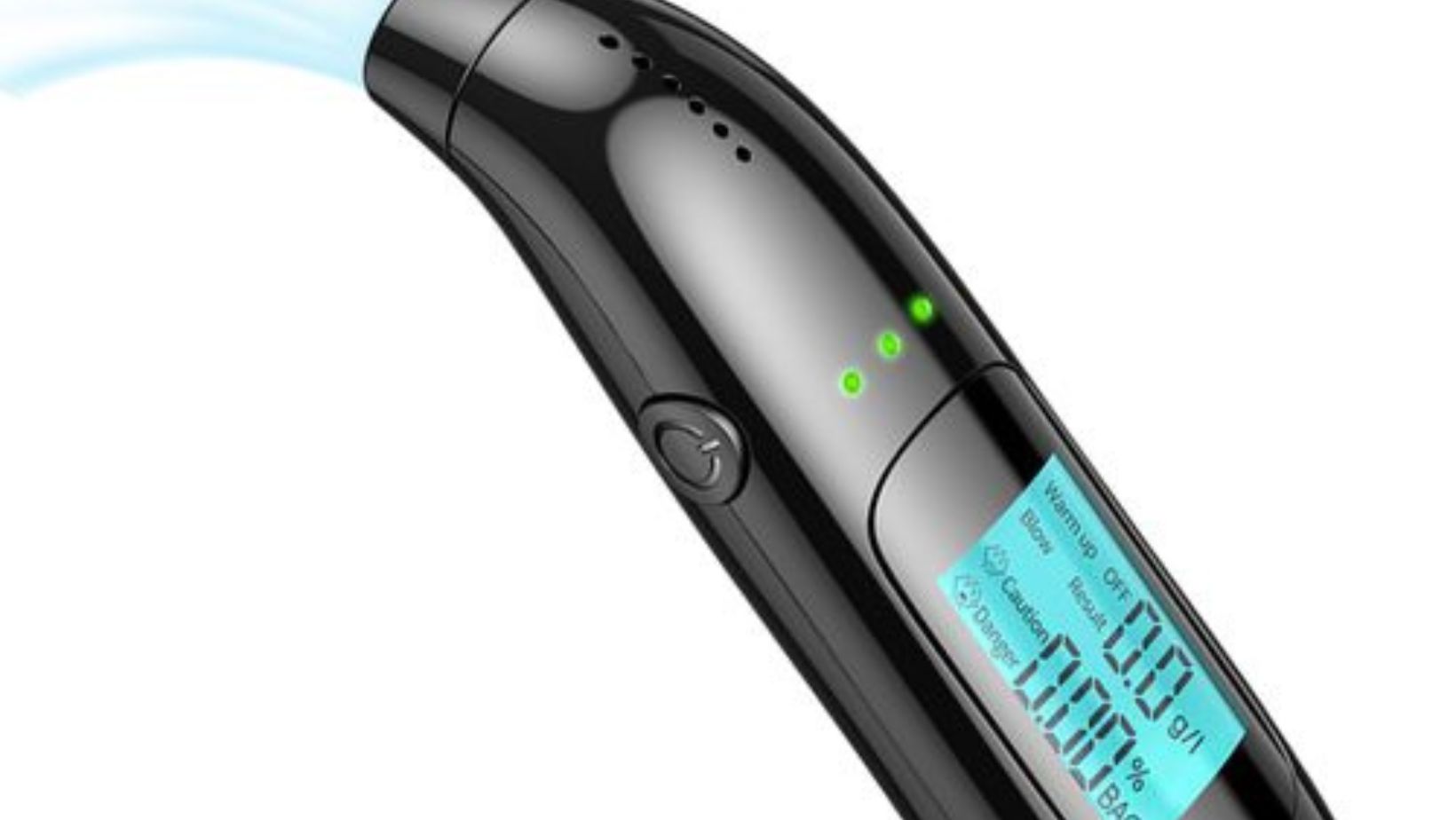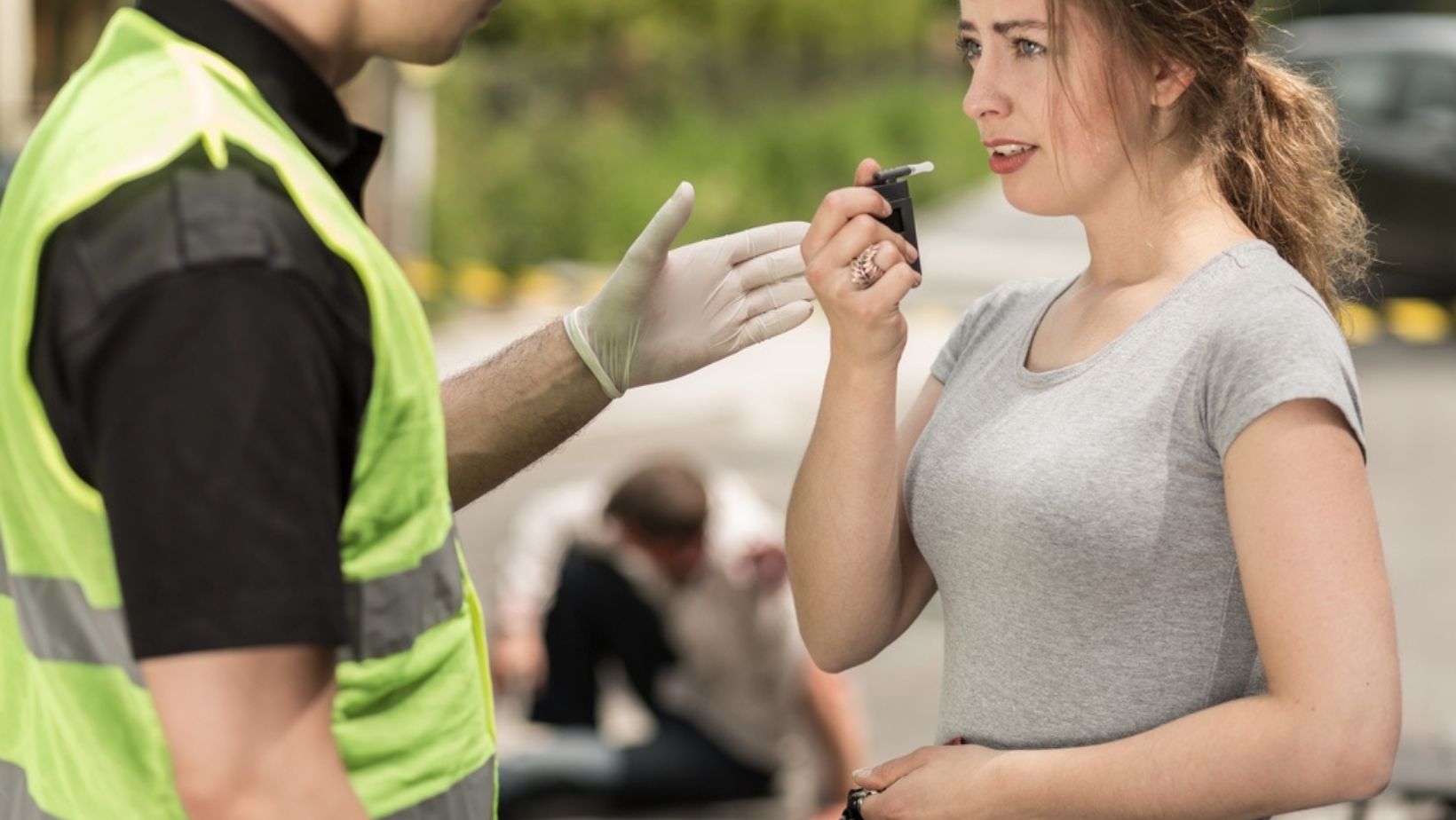
In today’s world, where driving under the influence is a grave concern, breath tests are crucial in ensuring road safety. These handheld devices, also known as breath alcohol testers or breath analyzers, help law enforcement officers and individuals alike measure blood alcohol content (BAC) quickly and accurately.
Breathalyser is essential whether you’re a responsible partygoer, a concerned parent, or a law enforcement officer. This comprehensive guide will help you understand more about breathalyzers, covering everything from their technology and types to their proper usage, maintenance, and limitations.
Understanding Breathalyzers
The Science Behind Breathalyzers
To comprehend how breathalyzers work, it’s important to understand the science behind them. When you consume alcoholic beverages, your body metabolizes the alcohol, and a portion of it is expelled through your breath. Breathalyzers use this fact to estimate your BAC. Here’s how it works:
- Alcohol Absorption: After consuming alcohol, it enters your bloodstream through your stomach and small intestine.
- Metabolism: The liver metabolizes alcohol relatively constantly, regardless of your BAC. This rate varies among individuals but averages around 0.015% BAC per hour.
- Exhalation: As alcohol circulates in your bloodstream, it eventually reaches your lungs. When you exhale, some alcohol molecules are transferred from your blood to your breath.
- Breath Sampling: Breathalyzers measure the concentration of alcohol molecules in your breath and use this data to estimate your BAC.
Types of Breathalyzers
There are several types of breathalyzers available on the market, each with its advantages and limitations:
- Semiconductor-Based Breathalyzers: These are the most common and affordable breathalyzers. They work by measuring the change in electrical current caused by alcohol molecules in your breath. While they are generally accurate, their precision may vary between models.
- Fuel Cell Breathalyzers: These breathalyzers are more advanced and are often used by law enforcement. They rely on a chemical reaction between alcohol and a fuel cell to produce an electrical current, providing more accurate results than semiconductor-based models.
- Infrared Spectroscopy Breathalyzers: These are highly accurate but typically more expensive. Infrared breathalyzers analyze the absorption of infrared light by alcohol molecules in your breath, providing precise BAC measurements.

- Personal Breathalyzers vs. Professional Models: Personal breathalyzers are designed for individual use and are often less accurate than professional-grade models used by law enforcement. Professional models undergo rigorous testing and calibration to ensure accuracy.
How to Use a Breathalyzer
Using a breathalyzer correctly is essential to obtain accurate results. Here’s a step-by-step guide on how to use a personal breathalyzer effectively:
Preparing the Breathalyzer
- Read the User Manual: Familiarize yourself with the specific instructions provided by the manufacturer in the user manual. Different models may have slight variations in operation.
- Ensure Proper Calibration: Some breathalyzers require periodic calibration to maintain accuracy. Check the user manual for calibration instructions or consult the manufacturer.
Preparing Yourself
- Wait After Drinking: To get accurate results, wait at least 15 to 20 minutes after consuming alcohol before using a breathalyzer. This allows time for the alcohol to be absorbed into your bloodstream.
- Avoid Mouthwash or Breath Fresheners: These products can contain alcohol and may affect your breathalyzer readings. It’s best to avoid them before testing.
Taking the Test
Follow the manufacturer’s instructions for turning on the breathalyzer and preparing it for use.
- Exhale Naturally: Take a deep breath and exhale naturally into the breathalyzer. Do not blow too forcefully or too softly, as it can affect the accuracy of the reading.
- Follow the Prompt: Some breathalyzers prompt you, such as “blow steadily” or “continue blowing.” Follow these prompts as instructed.
- Wait for the Result: After blowing into the breathalyzer, wait for the result to be displayed. This usually takes a few seconds.
- Note the Result: Take note of your BAC reading. It’s important to understand what different BAC levels mean in terms of impairment and legality.
Interpreting the Results
- Legal BAC Limits: The legal BAC limit for driving varies by country and jurisdiction but is often around 0.08%. Operating a motor vehicle is illegal if your BAC is at or above the legal limit.
- Impairment Levels: Understand that impairment can occur at lower BAC levels, even below the legal limit. Factors like age, weight, tolerance, and individual metabolism can affect how alcohol affects you.
- Responsible Decision-Making: Even if your BAC is below the legal limit, it’s essential to make responsible decisions about whether or not to drive. If you feel impaired, finding an alternative means of transportation is safer.
Maintaining and Storing Your Breathalyzer
Proper maintenance and storage are crucial to ensure the accuracy and longevity of your breathalyzer. Here’s what you need to know:
Cleaning and Maintenance
- Clean the Mouthpiece: If your breathalyzer has a detachable mouthpiece, clean it regularly using warm, soapy water and allow it to dry thoroughly before use.
- Calibrate as Needed: Follow the manufacturer’s recommendations for calibration. Some models may require annual calibration to maintain accuracy.
- Keep the Sensor Clean: Avoid touching it with your fingers if your breathalyzer uses a semiconductor or fuel cell sensor. Skin oils and dirt can affect sensor performance.
Proper Storage
- Store in a Cool, Dry Place: Keep your breathalyzer in a location with a stable temperature and low humidity. Extreme temperatures and moisture can damage the device.
- Protect from Physical Damage: Store the breathalyzer in its protective case to prevent damage or accidental activation.
Limitations of Breathalyzers
While breathalyzers are valuable tools for estimating BAC, they have certain limitations:
Time Delay: Breathalyzers measure alcohol in your breath, which lags behind the actual BAC in your blood. This can result in a delay between drinking and detecting the effects.
Individual Variability: People metabolize alcohol differently, so two individuals with the same BAC may exhibit varying levels of impairment.

External Factors: Certain external factors, such as residual mouth alcohol, can influence breathalyzer readings. It’s essential to wait after drinking or eating to ensure accurate results.
Calibration: Breathalyzers require regular calibration to maintain accuracy. Please calibrate the device to avoid incorrect readings.
Legal Implications: While breathalyzers are useful, they may be reasonable in court. Legal defenses can challenge the accuracy of breathalyzer results.
Conclusion
Breathalyzers are valuable tools for individuals and law enforcement agencies to promote road safety and discourage driving under the influence. Understanding how they work, the available types, and the proper usage and maintenance is essential for obtaining accurate and reliable results. However, it’s equally important to exercise responsible decision-making when it comes to alcohol consumption and driving, as breathalyzers have their limitations.
Disclaimer:
This blog provides general information about breathalyzers but is not legal advice. Laws concerning alcohol consumption and driving vary, and legal matters should be discussed with legal professionals. Remember that breathalyzer accuracy can vary among individuals, and proper calibration is essential for reliable results. Always prioritize responsible decision-making regarding alcohol consumption and driving, regardless of your BAC. For legal concerns or advice, seek professional guidance.










